Imagine a world where you can power your electric vehicle with clean, abundant energy harvested directly from the sun, reducing your carbon footprint and contributing to a more sustainable future. Solar EV charging stations offer just that – an innovative, environmentally-friendly solution that not only makes electric vehicle ownership more energy efficient but also helps you down carbon emissions and save money on electricity costs.
Solar-powered EV charging stations offer several benefits that make them an attractive option for sustainable energy use.
- First, they generate electricity directly from sunlight, which is a clean and renewable source of energy, producing no harmful emissions or contributing to climate change. This reduces the overall use of fossil fuels that are used to generate electricity.
- Second, solar power is abundant and virtually inexhaustible, providing a reliable and long-term energy source for charging stations.
- Third, using solar energy can reduce the strain on the grid, especially during peak demand periods, which can help improve grid stability and resilience.
- Fourth, solar-powered charging stations can reduce electricity costs as they harness free energy from the sun, potentially lowering the cost of charging for EV owners.
Lastly, these stations can be installed in remote or off-grid locations where traditional power sources may not be readily available, making EV charging more accessible and convenient.
Read More: Step-by-Step Guide to Solar Panel Installation in 2024
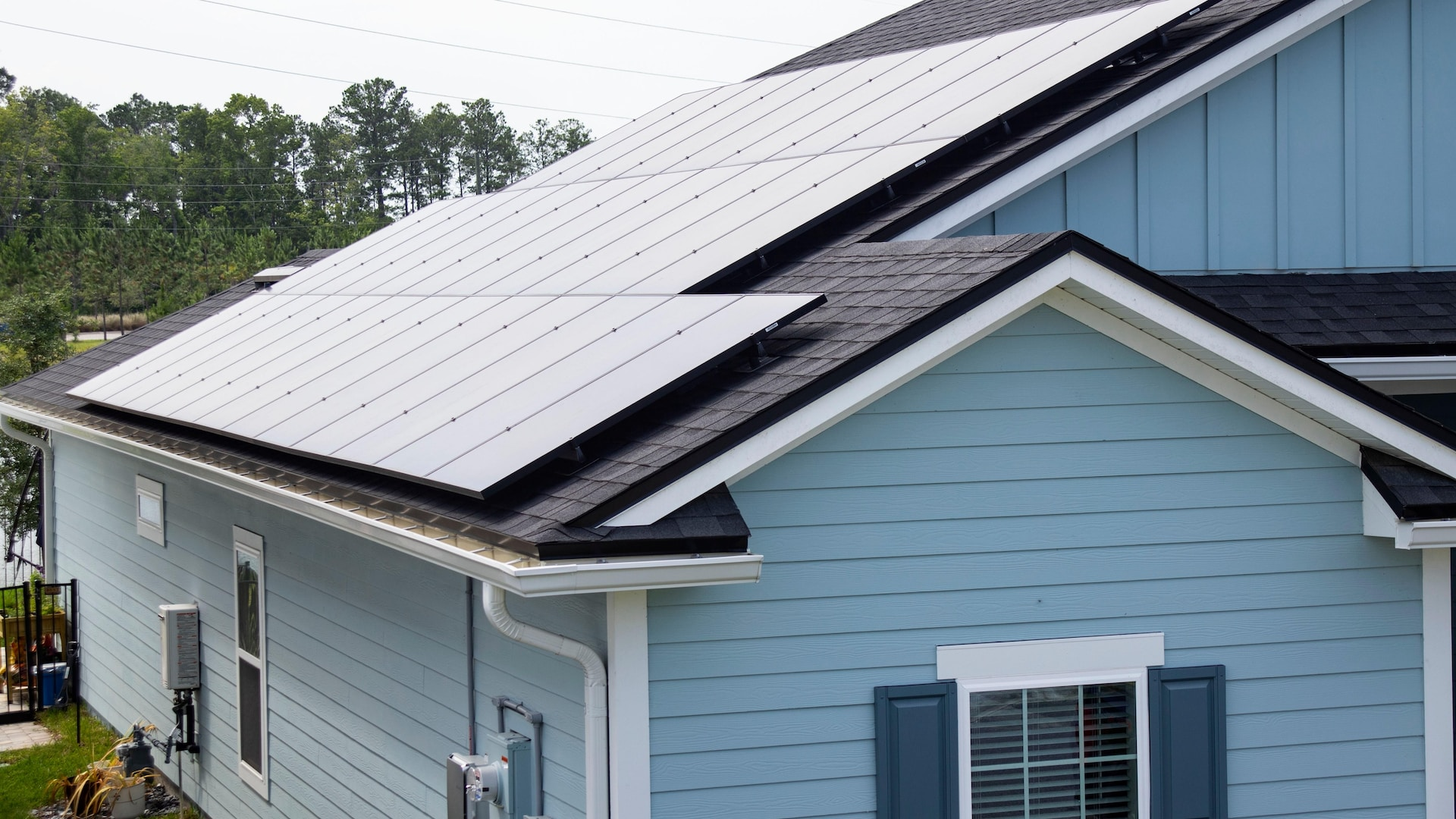
The Components of a Solar EV Charging Station
A solar charging station consists of several components that work together to convert sunlight into electricity and charge electric vehicles. The main components include:
Solar Panels:
These are the primary devices that convert sunlight into electricity using photovoltaic (PV) cells. They are solar systems are usually mounted on a structure or rooftop to maximize exposure to sunlight.
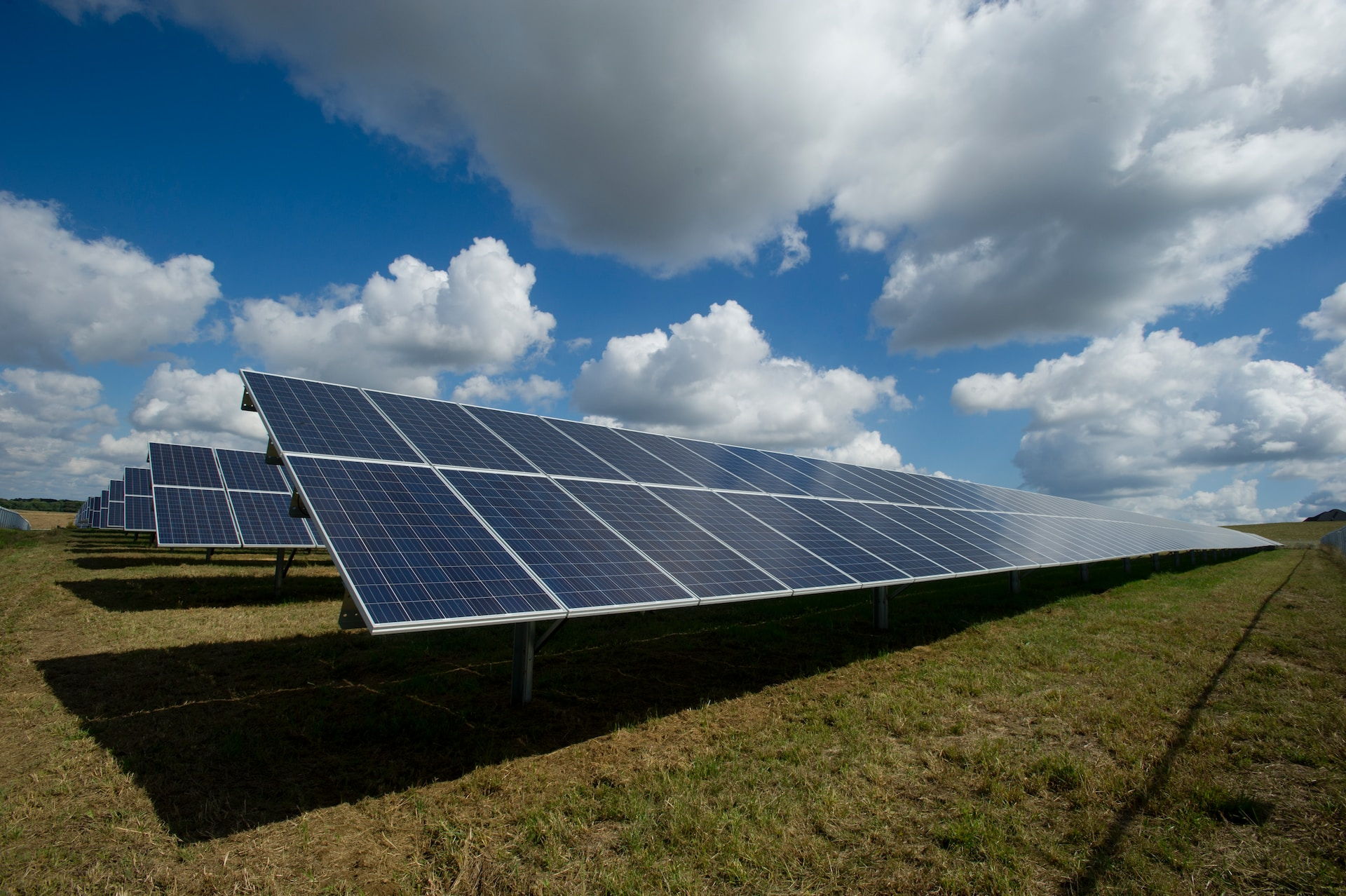
Mounting Structure:
This supports the panels and positions them at the optimal angle to capture sunlight. It can be a fixed structure or an adjustable one that can be tilted or rotated to track the sun’s movement, maximizing energy generation.
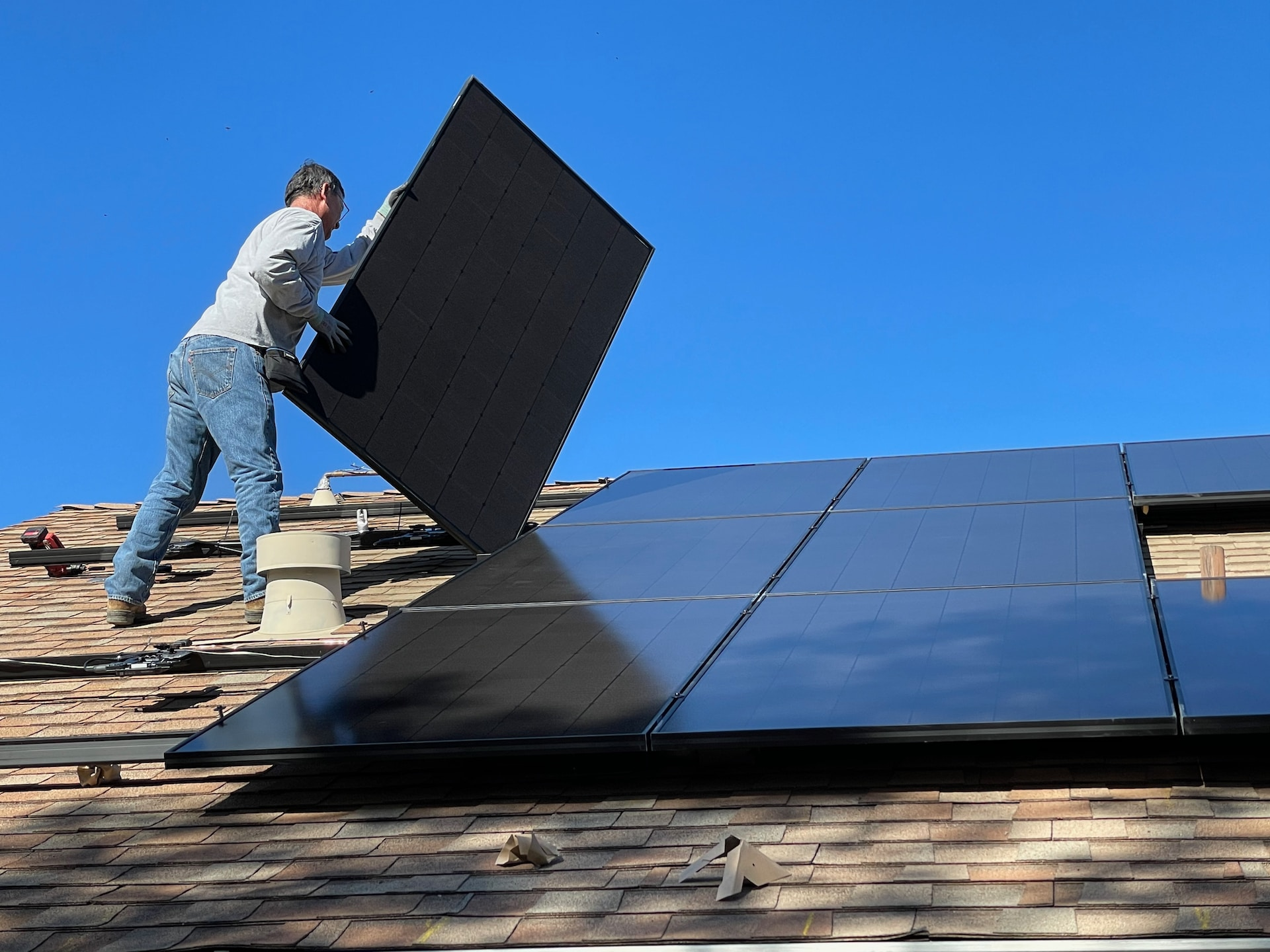
Charge Controller:
This device manages the flow of electricity from the panels to the batteries or the EV charger. It ensures that the cars’ batteries do not get overcharged and that the charging process is efficient.
Inverter:
This component converts the direct current (DC) electricity generated by powering the panels into alternating current (AC) electricity, which is used by most electric vehicles and electrical devices. Some EV chargers may accept DC input, in which case an inverter may not be necessary.
Battery Storage (optional):
In some solar EV charging stations, batteries are used to store excess solar energy generated during the day for use at night or during periods of low sunlight. This allows for continuous EV charging even when the sun isn’t shining.
Electric Vehicle Supply Equipment (EVSE):
This is the actual charging unit and cable that connects to the electric vehicle and provides the power needed to charge the vehicle’s battery. EVSEs come in different types and charging times, such as Level 1, Level 2, or DC fast chargers, depending on their charging speed and power output.
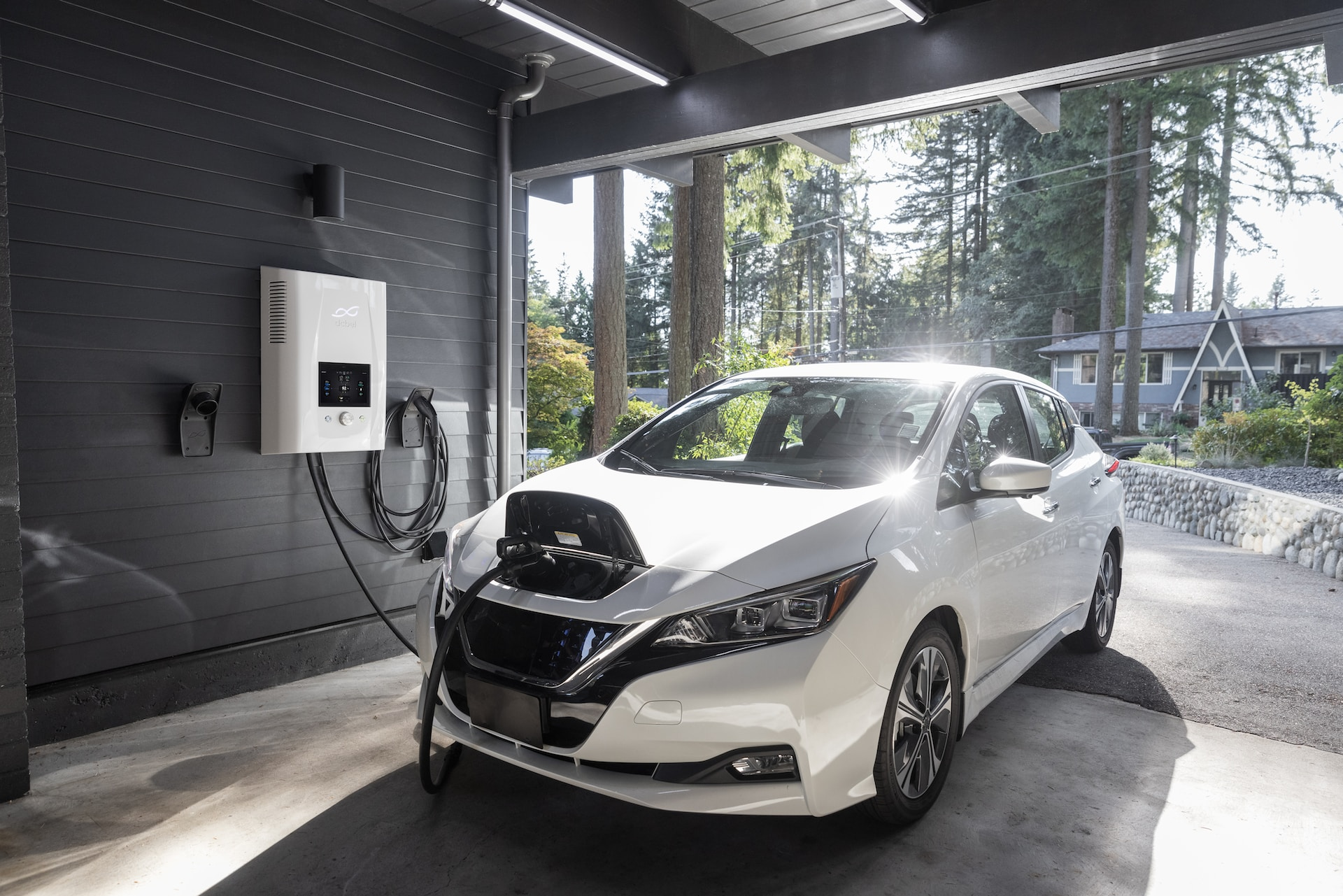
Metering and Monitoring System (optional):
This component helps track and monitor the energy generation, consumption, and overall performance of the EV charger station off-grid system. It can provide real-time data and insights to optimize the off-grid system’s efficiency and performance.
These components work together to provide a sustainable and cost-effective solution for charging electric vehicles while minimizing environmental impact.
Choosing the Right Solar EV Charging System for Your Home
To evaluate your energy needs for an EV charger, you should consider several factors to ensure the system is designed effectively. The design and build of the charger, as well as the amperage required, will determine the electrical contractor’s cost of installation. Follow these steps to design your perfect system:
Determine your daily EV energy consumption:
Calculate the energy needed to charge your electric vehicle by considering its battery capacity and average daily driving distance. Divide the battery capacity (in kilowatt-hours, kWh) by the electric vehicle’s range (in miles or kilometers) to find the energy consumption per mile/kilometer. Multiply this by your average daily driving distance to estimate your daily to charge your EV and energy consumption.
Assess available sunlight:
Evaluate the average daily sunlight hours in your location, which can be found using solar irradiance maps or local weather data. This will help you estimate how much solar energy can be generated in your area.
Calculate solar array size:
Divide your daily EV energy consumption by the average daily sunlight hours to determine the solar array size needed to generate enough electricity for your electric vehicle. Keep in mind that solar panels have a certain efficiency rate, typically around 15-20%. You may need to adjust the solar array size to account for this efficiency.
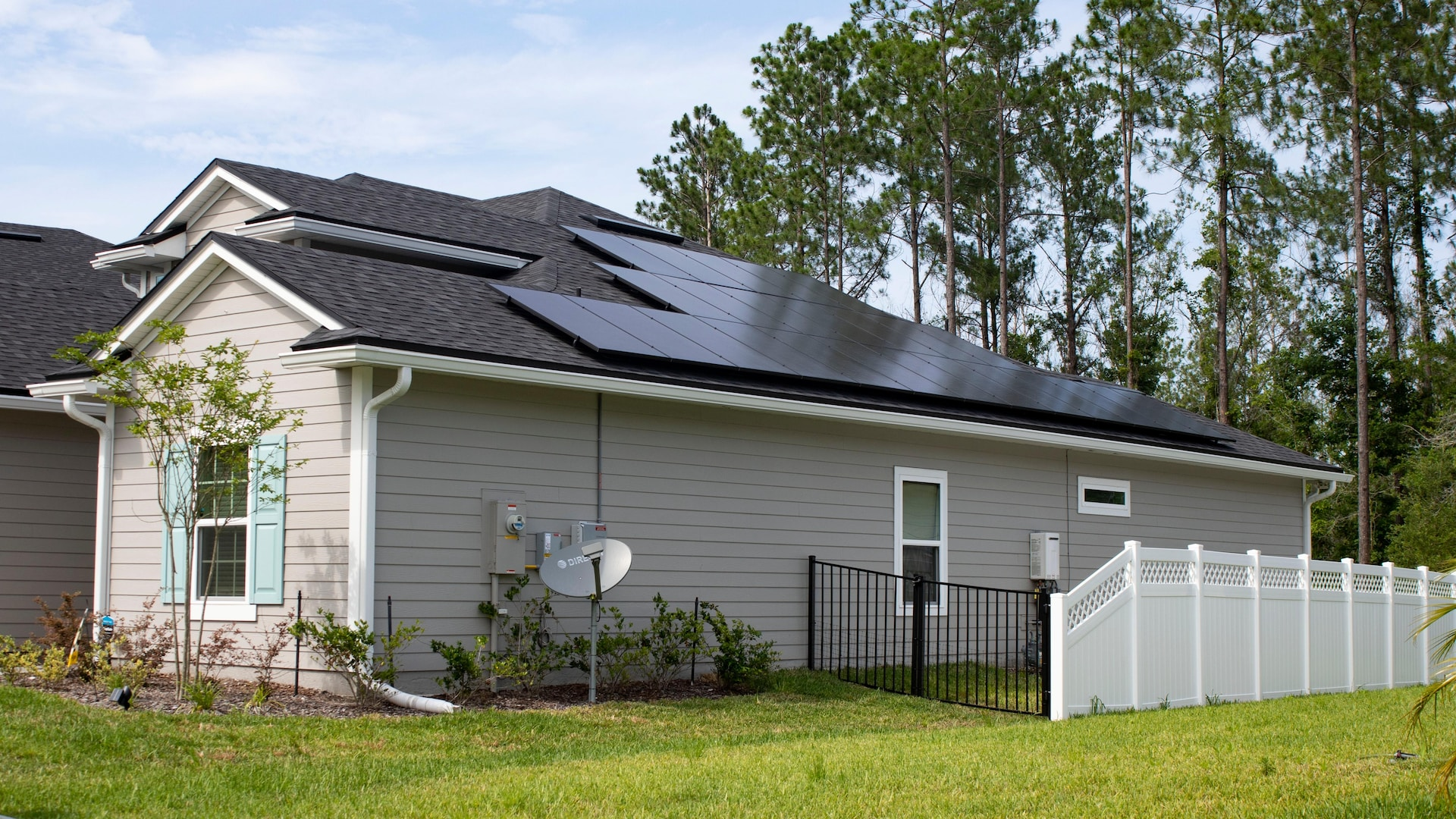
Consider additional energy needs:
If you plan to use surplus power from an EV charger station to power other devices or appliances, estimate their energy consumption and add this to your overall energy requirements. This will help ensure your solar system generates enough power to meet all your needs.
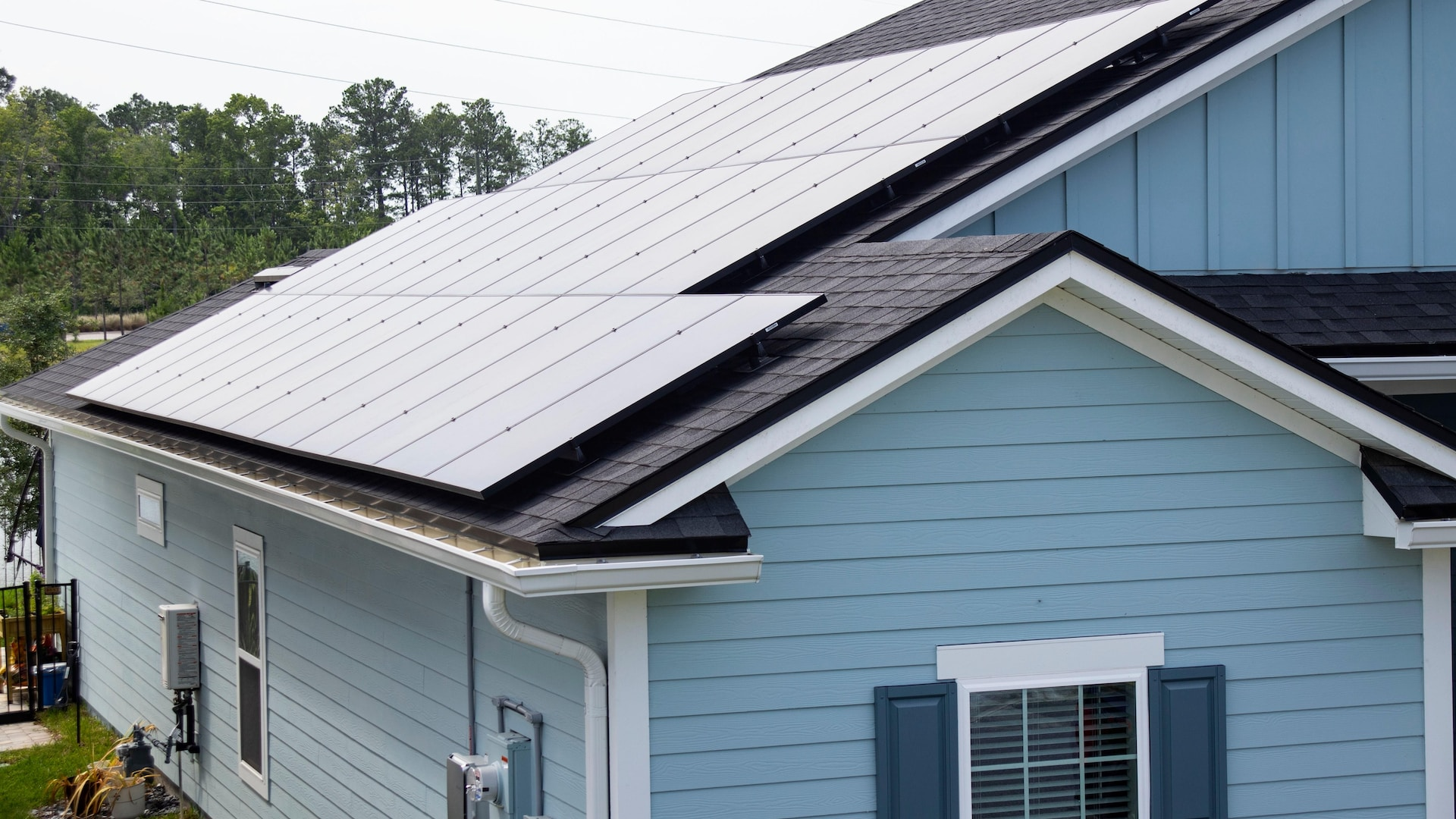
Factor in energy storage:
If you plan to install a battery storage system, consider your energy storage needs. You’ll need a battery capacity large enough to store excess solar energy generated during the day for use during periods of high demand, low sunlight, or at night.
Analyze potential site limitations:
Evaluate the available space for installing solar panels and any potential shading issues, as these factors can affect the overall efficiency of your solar EV station. Ensure that there is adequate space for the panels and that they are positioned to maximize exposure to sunlight.
Consult a professional:
Once you have gathered the necessary information, consult a solar professional or installer to help you design a solar EV station that meets your energy needs. They can provide further guidance on equipment selection, system sizing, and installation requirements.
By evaluating your existing solar system and your energy needs, you can design a solar charging station that meets your daily range of power usage while harnessing the power of the sun!
DIY vs Professional Solar Charging Station Installation
Yes, it’s technically possible to install a solar EV station by yourself if you have the right skills and tools. This would generally involve installing solar panels, a battery storage system (if desired for storing solar energy for use at night or during poor weather), an inverter to convert the solar power into a form usable by your electric vehicle, and the electric car charging station hardware itself.
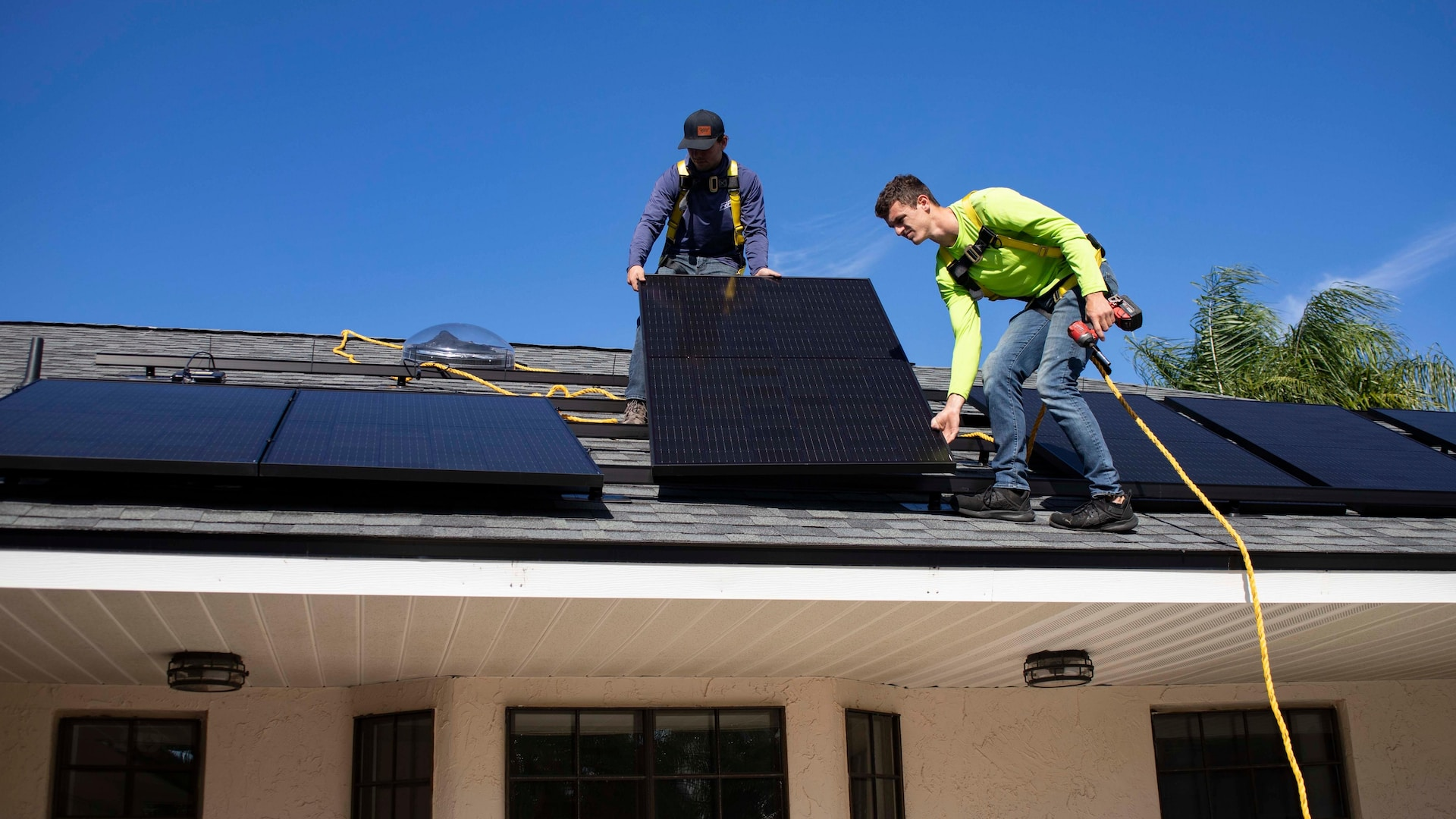
However, here are a few important considerations:
Expertise: You would need a strong understanding of electrical systems, as well as knowledge of the specific equipment being installed. It’s also crucial to understand the safety protocols because mishandling electrical systems can lead to serious accidents.
Legal and Safety Regulations: Most jurisdictions require that any major electrical work be done by a licensed electrician or at least be inspected and approved by one. This is for safety and liability reasons. Always check your local regulations before starting such a project.
Warranty and Support: Equipment like solar panels, inverters, and EV charging stations usually come with warranties that may be voided if the equipment is not installed by a certified professional. If anything goes wrong with your system, it may be more difficult to get support or replacements.
Efficiency and Performance: A properly installed and oriented solar array and charging system will perform better and be more efficient. Mistakes in installation can lead to less efficient power generation, more rapid wear and tear, or even damage to your EV or your car or home’s electrical system.
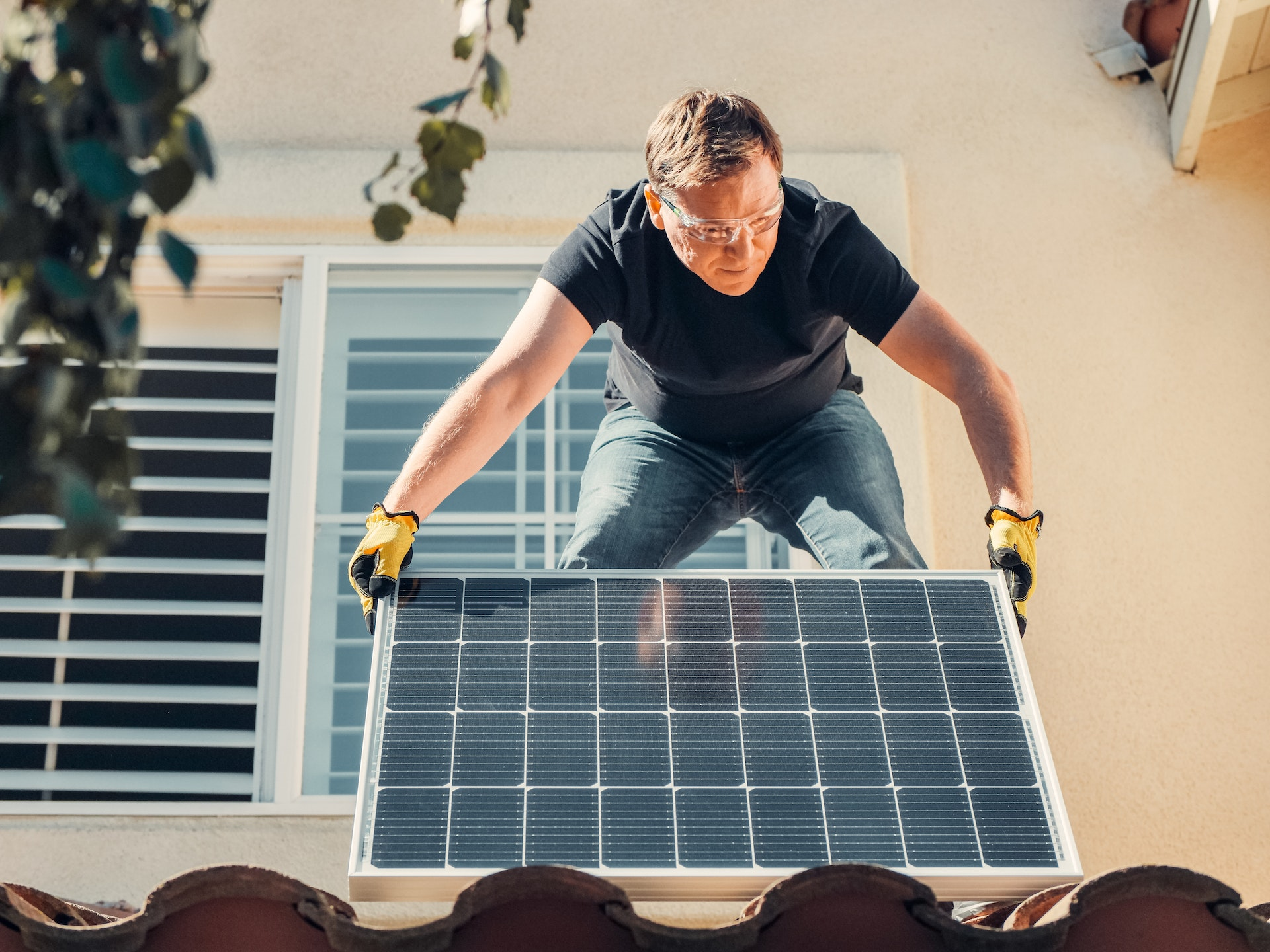
Given these considerations, while you could technically install a solar station yourself, it’s generally a good idea to hire a professional to do it unless you are fully trained and equipped to handle the task. They will know how to ensure that the solar system itself is safe, efficient, and compliant with all local codes and regulations.
Financial Benefits of Solar-Powered EV Charging Stations
Investing in a solar-powered EV charger provides an array of financial benefits that make it an attractive option for electric vehicle owners. The most compelling advantage is the significant savings on energy costs. As you are using sunlight—a free and abundant resource—to generate electricity, you can essentially fuel your electric vehicle for free. This drastically reduces or even eliminates the recurring expenses related to charging an EV from the grid. Over time, these savings add up and can offset the initial installation cost of the solar-powered EV system.

Secondly, the installation of a solar panel system can increase the value of your property. Various studies have shown that homes equipped with solar energy systems have higher property values and sell more quickly than non-solar homes. Buyers are more willing to pay a premium for a solar home due to the potential energy cost savings. Therefore, a solar-powered EV charger, as part of a broader solar power system, could be seen as a valuable home improvement that boosts your property’s resale value.
Another financial benefit comes in the form of government incentives. Many states and municipalities offer tax credits, rebates, and other incentives for installing solar power systems. These can reduce the upfront cost of your solar station! Additionally, some utility companies offer net metering programs that allow you to sell excess solar power back to the grid, which can provide an ongoing income stream or a credit on your utility bill.
Lastly, by having an EV charger powered by solar, you gain a degree of protection against fluctuating energy prices. Traditional electricity costs can be volatile and are generally trending upwards. By generating your own power, you’re less exposed to such variability, providing more predictability and control over your energy costs. Thus, investing in a solar station can provide significant financial advantages, making it a wise financial decision for many electric vehicle owners.
Conclusion
In conclusion, solar-powered EV charging stations offer an array of compelling advantages. They enable electric vehicle owners to reduce their carbon emissions, drive energy independence, and save money on fuel costs by using a renewable, abundant resource.
Additionally, these stations offer a potential increase in property value and allow owners to leverage government incentives, making them a financially savvy choice. The integration of solar power and electric vehicles represents the pinnacle of sustainable personal transport, contributing to greener and more resilient energy infrastructure.
While there may be an initial upfront investment to start charging them, the long-term benefits of solar EV charging stations make them an incredibly worthwhile endeavor for both our wallets and the environment. As we move towards a future dominated by renewable energy and electric vehicles, solar EV charging stations will undeniably play a key role.








